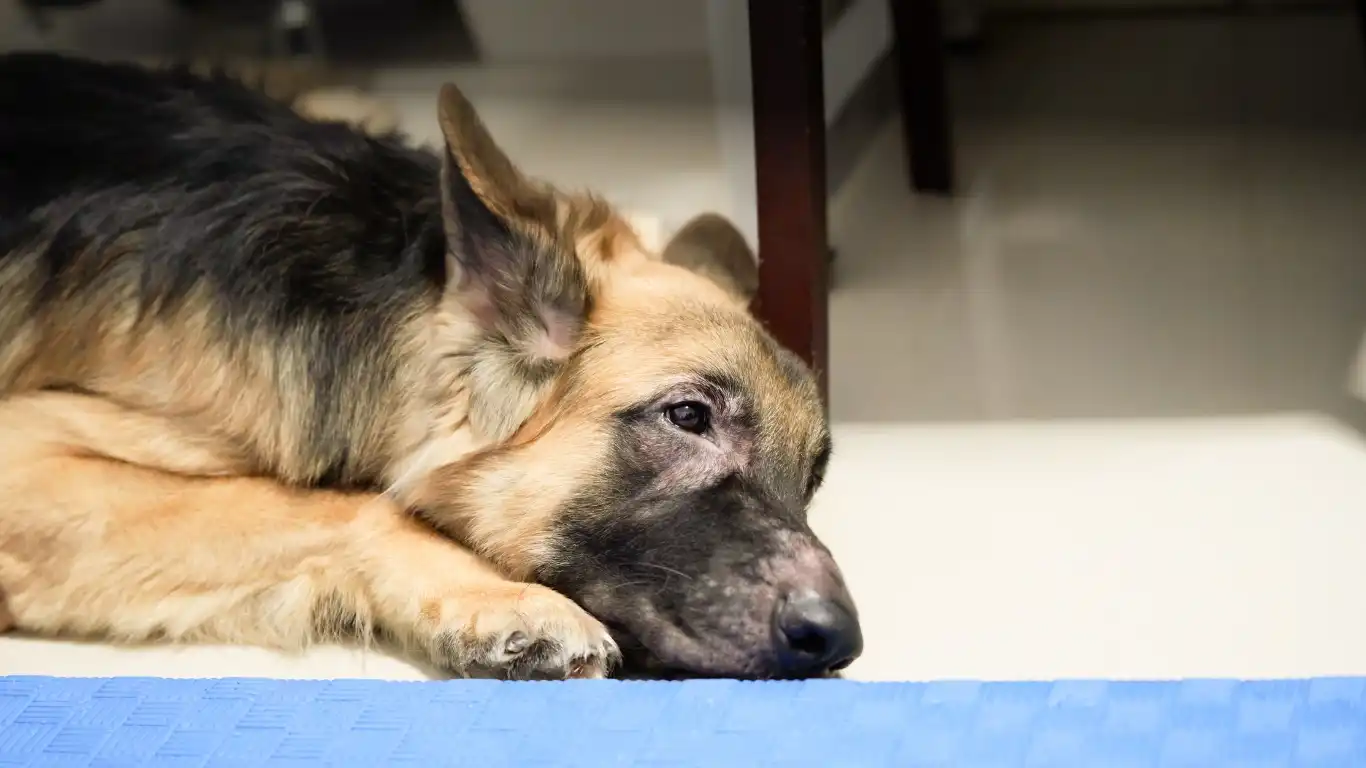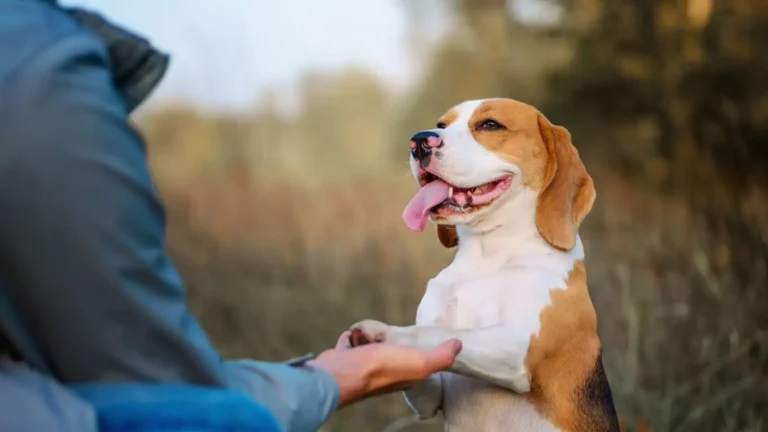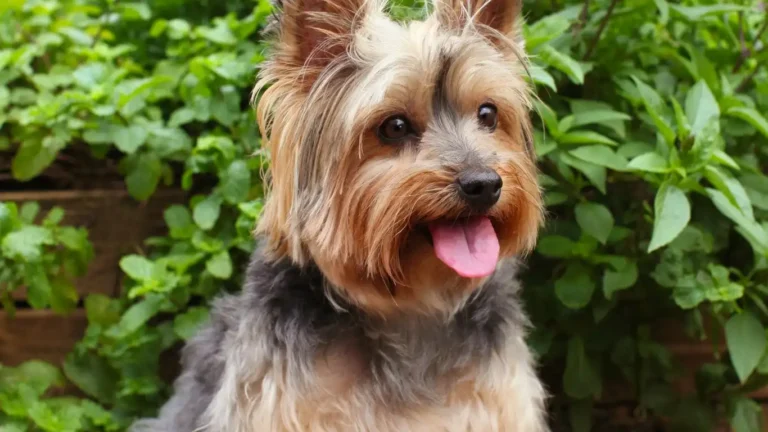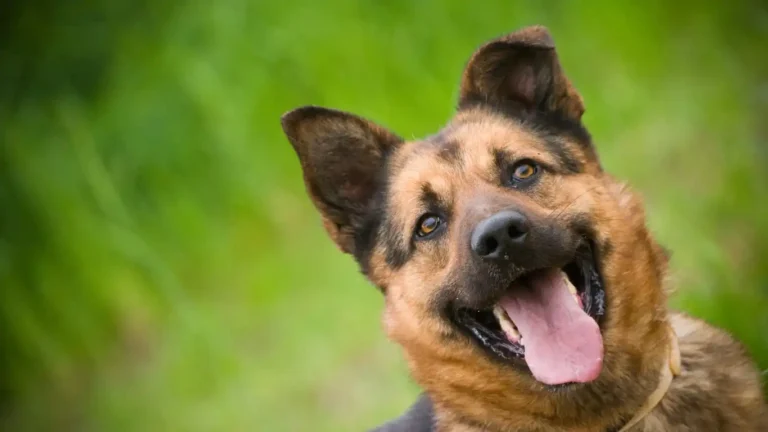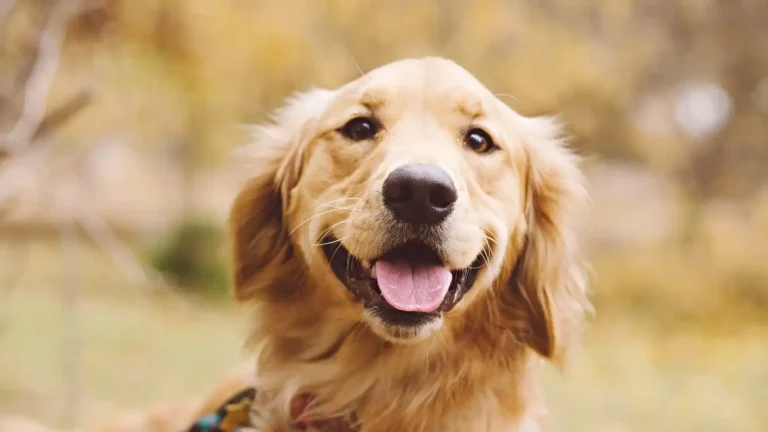Stop Frustration: How to Teach a Dog to Leave Things on Command
Training your dog to “leave it” is one of the most useful commands you can teach. It helps keep your pet safe from harmful items, teaches impulse control, and builds trust between you and your dog. Whether your pup tries to snatch food off the floor or picks up dangerous objects outside, the “leave it” command gives you a quick way to stop them. With patience and practice, any dog can learn this skill.
Understanding Why Dogs Grab Things
Dogs explore the world with their noses and mouths. It’s completely natural for them to pick up interesting objects, whether it’s a stick, a piece of trash, or your favorite socks. They often don’t understand what’s dangerous or off-limits.
Dogs are driven by scent and curiosity. If something smells like food or has your scent on it, your dog may be drawn to it. Puppies are especially mouthy, as they’re learning through taste and texture. Adult dogs may grab things out of boredom or excitement.
Knowing why your dog grabs things can help you train them more effectively. You’re not just correcting bad behavior — you’re teaching them a safer, calmer way to respond to their instincts.
How the “Leave It” Command Works
“Leave it” is a cue that tells your dog to stop focusing on something and look back at you. It interrupts their behavior before they act — like reaching for a dropped pill or sniffing at another dog’s toy. This redirection helps keep their attention on you, which is key to good obedience training.
The command works best when taught step-by-step. You begin by showing your dog that ignoring something earns a reward. Over time, you build up the difficulty — moving from a treat in your hand to distractions on the ground, and eventually to real-life situations like walks.
This process strengthens your dog’s impulse control. Think of it like teaching a child to wait for permission. The more you practice, the more automatic the response becomes, even in tempting or stressful situations.
Common Reasons Dogs Need to Learn “Leave It”
- Preventing ingestion of harmful items: Dogs may grab chocolate, chicken bones, or cleaning products.
- Avoiding conflicts with other animals: “Leave it” can stop your dog from lunging at another dog’s toy or food bowl.
- Stopping scavenging on walks: Some dogs eat garbage or dead animals, which can cause serious illness.
- Training better focus and self-control: This command helps calm excitable dogs or those with impulse control issues.
- Reducing destructive chewing: “Leave it” can stop them from gnawing on furniture, shoes, or cords.
Even the best-behaved dogs can benefit from this command. It’s not just about obedience — it’s about giving your dog the tools to make better choices.
Step-by-Step: How to Teach “Leave It”
Before you start, you’ll need small, high-value treats and a quiet space without distractions. Use soft treats that are easy to chew quickly, like chicken or training bites. Keep sessions short — 5 to 10 minutes is enough.
- Start with treats in both hands. Show your dog one closed fist with a treat inside. Say “Leave it.”
- Wait for them to back off. They may sniff, paw, or lick. As soon as they stop and look away, praise them and give a treat from your other hand.
- Repeat until consistent. Practice until they reliably leave the first hand alone. Always reward from the other hand.
- Increase the challenge. Try placing the treat on the floor and covering it with your hand. Say “Leave it.” Gradually uncover it as your dog learns to resist.
- Add movement and real-life items. Practice with dropped food, toys, or while walking. Keep rewarding good decisions with praise or treats.
Consistency is key. Keep sessions positive, and don’t punish mistakes. If your dog lunges or grabs, calmly reset and try again. With practice, they’ll learn that ignoring the temptation brings good things.
Signs Your Dog is Making Progress
- Looks at you instead of the object when you say “leave it”
- Stops mid-reach when a tempting item appears
- Maintains eye contact while ignoring the object
- Can obey the command in more distracting environments
- Responds even without a treat in sight
Progress takes time, but even small wins are worth celebrating. If your dog hesitates before reaching or checks in with you, that’s a sign the training is working.
When to Get Help from a Professional
Some dogs may struggle more than others, especially if they have a history of resource guarding, food obsession, or high anxiety. In these cases, it’s okay to seek extra help. A certified dog trainer or behaviorist can create a personalized plan and give you support along the way.
Talk to a professional if:
- Your dog growls or snaps when asked to leave something
- They consistently ignore the command, even after training
- You feel overwhelmed or unsure how to proceed
- Your dog swallows harmful objects regularly
Trainers use positive reinforcement methods to improve behavior without fear or punishment. Look for someone certified by organizations like the IAABC or CCPDT.
Don’t wait until there’s an emergency. If you’re concerned, a quick consultation can make a big difference in safety and peace of mind.
The Takeaway
Teaching your dog to “leave it” is a valuable tool for their safety and your sanity. It helps stop accidents before they happen and creates a more focused, well-behaved companion. While it takes time and patience, most dogs can master this skill with consistent, gentle training.
Start small, reward generously, and stay positive. If you need help along the way, a professional trainer can guide you. And remember — every success, no matter how small, is a step toward a safer, happier life with your dog.
